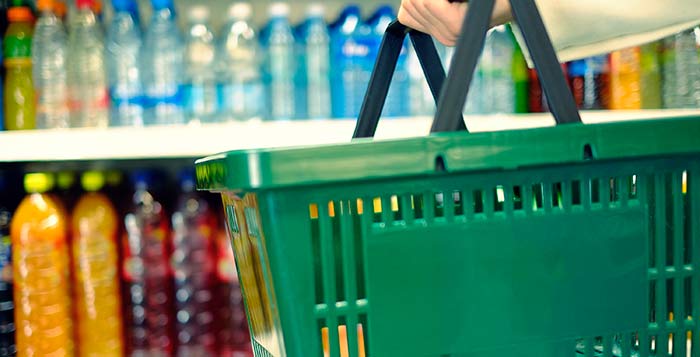 From the US we now have the concept of the smart shopper who will not spend, spend, spend on credit cards but will save up for major items. This shopper looks at price and value and quality, says Mike Duke, chief executive of Wal-Mart. One outcome is that US shoppers are using cash more and credit cards less, which is a big reversal of shopping trends if it continues.
From the US we now have the concept of the smart shopper who will not spend, spend, spend on credit cards but will save up for major items. This shopper looks at price and value and quality, says Mike Duke, chief executive of Wal-Mart. One outcome is that US shoppers are using cash more and credit cards less, which is a big reversal of shopping trends if it continues.
Thinking about price and value and quality, most shoppers build an approximate idea of what they are looking for and are quite imprecise at the point of sale. Mr Duke is obviously building up a picture of a shopper hot-wired to Wal-Mart values and paying less attention to his list of attributes.
Value, we know, is what is left over when you take away the product (or service) experience from the price paid. If the product over-delivers, that creates value. If it under-delivers that destroys value.
Price, we know, is also hard to pin down. Most local shoppers will buy bread and milk but they would struggle to tell you what the benchmark price is. There are simply too many stock-keeping units available for shoppers to keep on top of prices. Instead they are guided by marketing, which means the big retailers get to set the price points.
Quality is also hard to pin down. Good, better, best are the three layers of presentation most evident in the UK. Tesco inserted a fourth between good and better last year and called it value. How do shoppers measure quality? Again, this is often set by the supermarkets. However, labels like organic and Fairtrade are also benchmarks.
In the UK today, the Fairtrade label is probably the strongest. While organic is suffering from imprecision as to what its benefits are, Fairtrade has a strong proposition. Shoppers will choose Fairtrade over a similar not labelled product.
Local retailers are probably better off always assuming that their shoppers are being smart about something. At the moment value for money is in fashion. If that is what the major retailers are pushing, then you need to present your offering in a way that is sympathetic to the messages they are sending to your shoppers.
And if your shoppers are spending more cash, that makes picking up a basket at a local shop more attractive than pushing a trolley through a hypermarket.





Comments
This article doesn't have any comments yet, be the first!